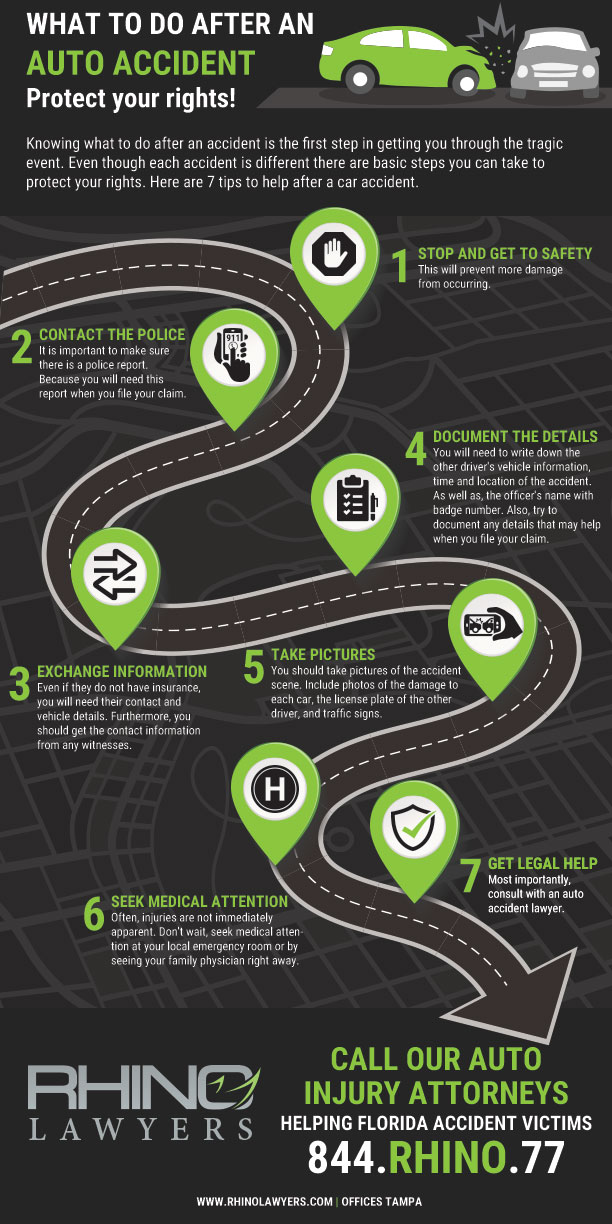You’re cruising down the highway on a sunny afternoon, your favorite playlist setting the perfect mood. The road feels open and easy until – out of nowhere – a car veers into your lane, forcing you to slam on the brakes. Tires screech, hearts race, and within seconds, what started as a routine drive becomes a near miss – or worse, a devastating accident.
Unfortunately, scenarios like this happen far too often. But what factors should you be watching out for to prevent situations like these?
We can help. Read on to learn about factors in bad auto accidents.
Distracted Driving
Distracted driving remains one of the biggest causes of serious car crashes. It occurs when a driver’s attention is diverted from the road by activities such as texting, talking on the phone, eating, adjusting the radio, or even daydreaming.
The rapid rise in smartphone usage has particularly exacerbated this problem. Even a few seconds of looking away from the road can have catastrophic consequences, as a vehicle traveling at high speeds covers significant distances in that time.
Speeding: Frequent Collision Causes
Driving above the speed limit cuts down on a person’s ability to react to sudden hazards, such as:
- Stopped traffic
- Road obstacles
- Unexpected maneuvers by other drivers
Speeding makes it harder to navigate curves or stop the vehicle in time to stop a crash. When Florida drivers go over the speed limit, they not only endanger themselves but also put other road users at greater risk.
The physics of speeding plays a significant role in the devastation it can cause. Higher speeds translate into greater kinetic energy, meaning the impact of a crash is far more severe at higher velocities. This results in more extensive vehicle damage, higher injury severity, and increased fatality likelihood.
Driving Under the Influence
DUI is one of the biggest causes of serious car crashes. Impaired driving significantly reduces a driver’s ability to:
- Make proper judgments
- React in time to changing traffic conditions
- Maintain proper vehicle control
Even small amounts of alcohol or certain medications can affect coordination, vision, and concentration, making it much harder to drive safely. The risks are even higher with illicit drugs or excessive alcohol consumption, which can completely impair cognitive and motor functions. Driving while hungover isn’t safe, either.
Reckless or Aggressive Driving
Reckless or aggressive driving is a significant contributor to bad auto accidents, as it creates unpredictable and dangerous conditions for everyone on the road. This behavior often stems from impatience, frustration, or the desire to dominate traffic. Common examples include:
- Tailgating
- Excessive speeding
- Weaving in and out of lanes
- Running red lights
- Failing to yield the right of way
Aggressive drivers may also engage in road rage, which involves hostile interactions with other motorists, such as honking, flashing lights, or making rude gestures.
Weather Conditions
Florida’s unique weather patterns pose significant challenges for drivers, making weather conditions part of frequent collision causes. The state is known for:
- Sudden downpours
- High humidity
- Severe storms
Especially during hurricane season. These conditions can reduce visibility, create slippery roads, and make it harder for vehicles to stop or maneuver safely. Even light rain can mix with oil on the roads to form a slick surface, increasing the risk of skidding and hydroplaning.
Heavy rainstorms are particularly dangerous in Florida. They can flood roads and obscure lane markings, making navigation difficult. High winds during storms can also destabilize vehicles, particularly high-profile ones like SUVs and trucks.
Florida’s tropical climate often results in foggy mornings, reducing visibility and reaction times for drivers. These hazards are further compounded by the state’s flat terrain, where water tends to accumulate rather than drain away quickly, increasing the possibility of accidents in low-lying areas.
Running Red Lights and Stop Signs
These reckless actions often result from impatience, distractions, or a deliberate disregard for traffic laws. Intersections, where red light and stop sign violations typically occur, are among the most hazardous areas on the road. Failing to stop at these critical traffic controls can lead to:
- High-speed T-bone collisions
- Rear-end accidents
- Pedestrian or cyclist injuries
Often with devastating consequences.
The risks associated with running red lights or stop signs are amplified by the unpredictable nature of intersections. Other drivers and pedestrians rely on traffic signals and stop signs to guide their actions, making them vulnerable to violations.
Fatigue: Precipitating Factors in Crashes
Driving while tired can be just as dangerous as driving under the influence of alcohol. Fatigue impairs a driver’s reaction time, decision-making ability, and overall awareness, making it difficult to respond to sudden changes in traffic conditions.
- Prolonged periods of wakefulness
- Insufficient sleep
- Physically demanding schedules
This contributes to fatigue, which is especially common among long-distance drivers, shift workers, and those with demanding lifestyles.
One of the most insidious aspects of fatigue is its gradual onset. Drivers may not realize how impaired they are until it is too late, often succumbing to micro-sleeps while behind the wheel. These moments of inattention can lead to:
- Veering off the road
- Failing to stop in time
- Crossing into oncoming traffic
Inexperienced Drivers
New drivers, particularly teenagers, are more prone to making critical errors that trigger typical car accident reasons, such as misjudging speed, failing to anticipate the actions of other drivers, or struggling with proper lane discipline. Their unfamiliarity with handling emergencies, such as sudden stops or adverse weather conditions, further increases the likelihood of accidents.
One of the main challenges inexperienced drivers face is reacting appropriately to unpredictable situations. Without years of practice, they may overcorrect their steering, panic when faced with hazards, or fail to adjust their speed to road conditions.
Bad Auto Accidents: Watch Out Today
Bad auto accidents tend to have a few things in common. With this guide, you should be able to keep yourself safer on the road.
But, if you are in an accident, you’ll want to protect yourself legally. RHINO Lawyers is Tampa’s go-to team for auto accident cases. Why? We’re modern, innovative, and put YOU first. From texting or FaceTiming us on your terms to using data-driven strategies that get faster, better results, we’re built for today’s fast-paced world.
Don’t settle for outdated lawyers. Experience the RHINO Lawyers’ difference and let us fight for the justice – and money – you deserve. Contact us to get started.
CONTACT A TAMPA AUTO ACCIDENT ATTORNEY
In short, after a car accident, you may not know your rights. Above all, don’t struggle through the process alone. Actually, our personal injury team is here to help you with any legal needs you might have regarding your accident.
Lastly, let RHINO Lawyers answer your questions and review the facts of your case with a Free Consultation. So, get started by completing the “Free Instant Case Evaluation” or by calling us any time, day or night, at 844.RHINO.77.




